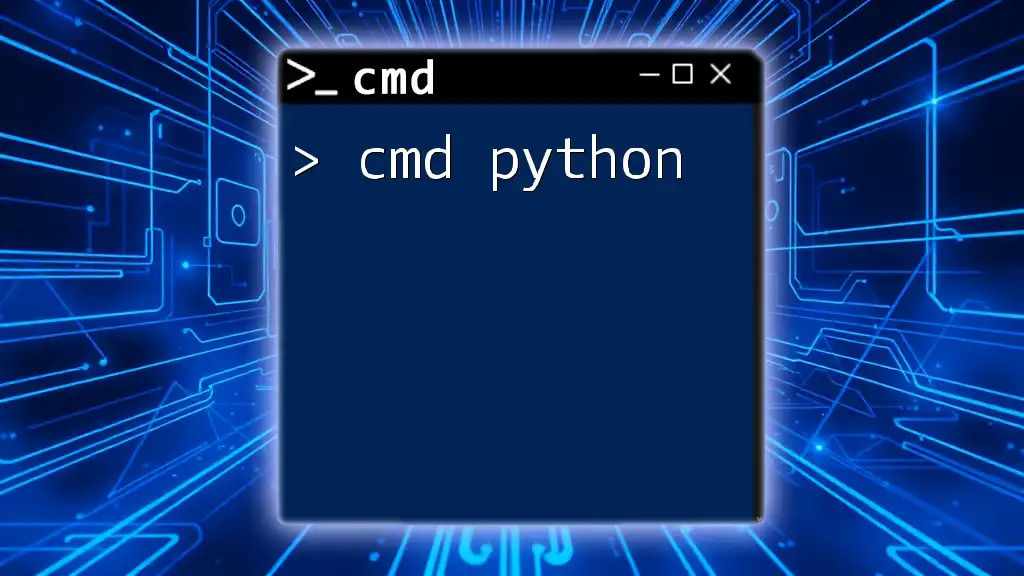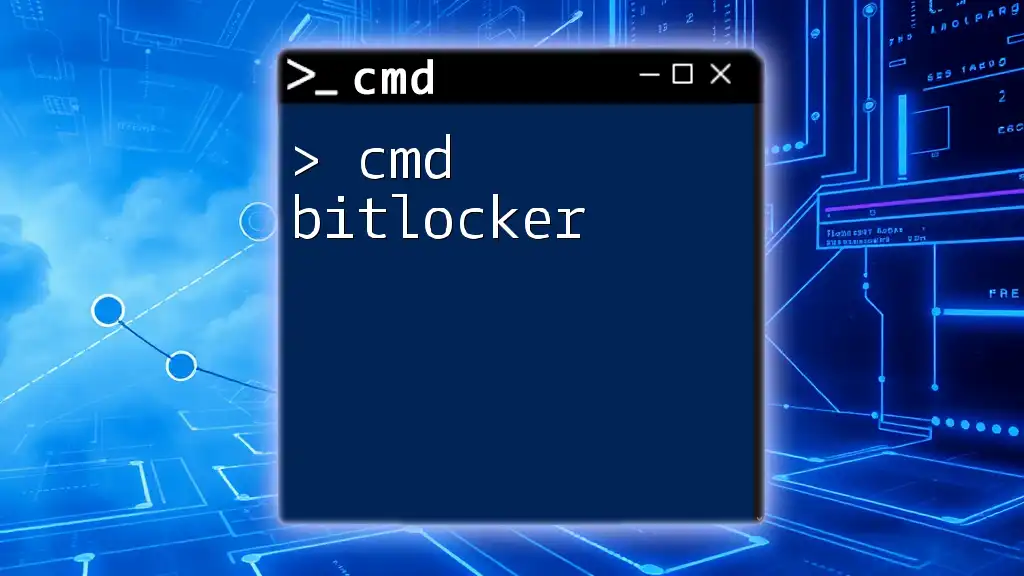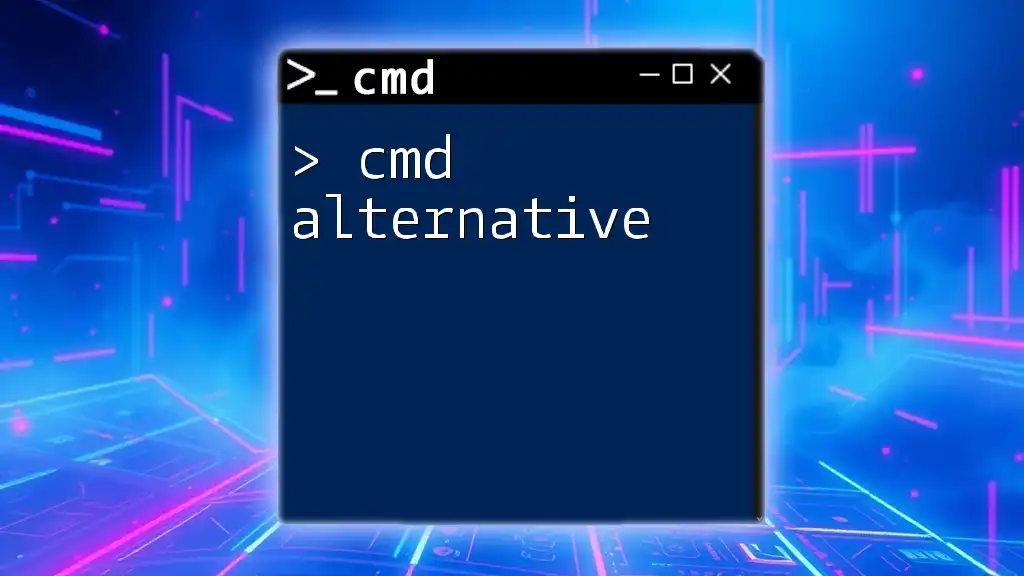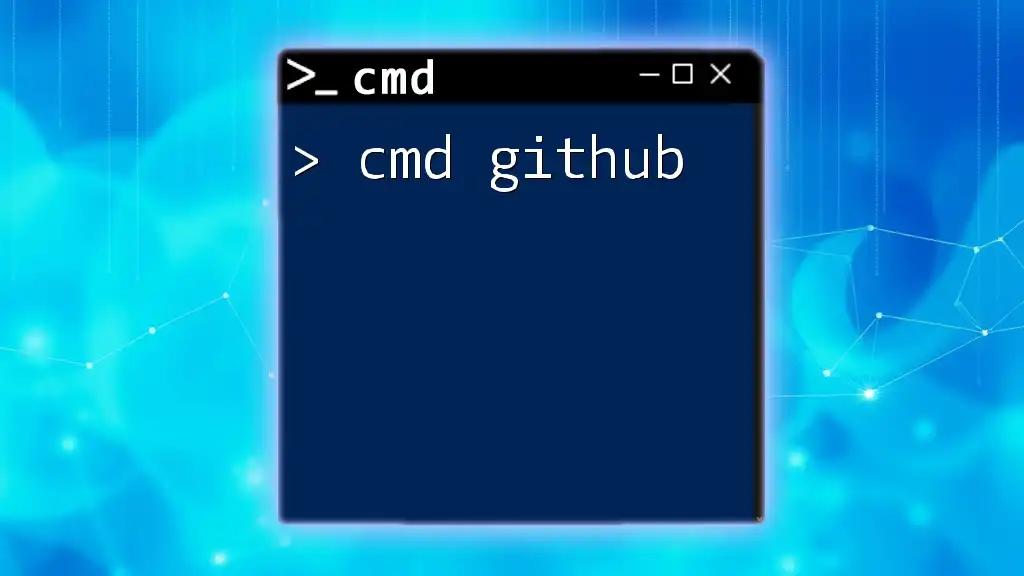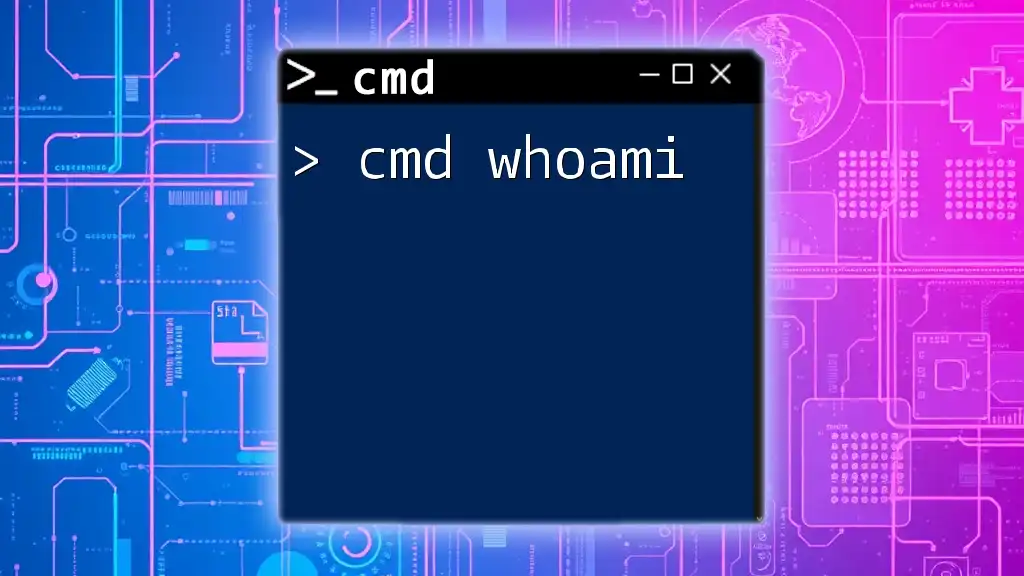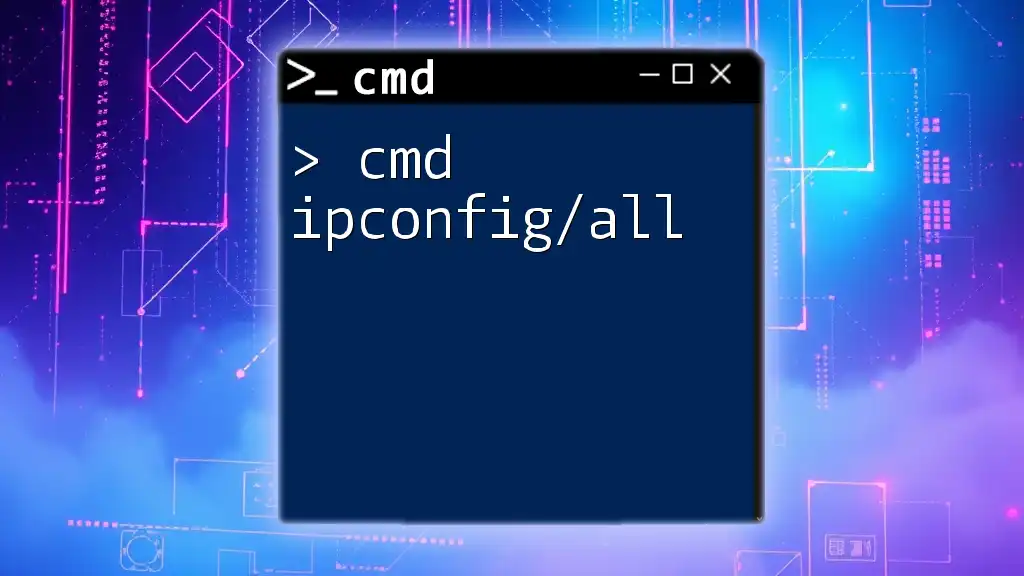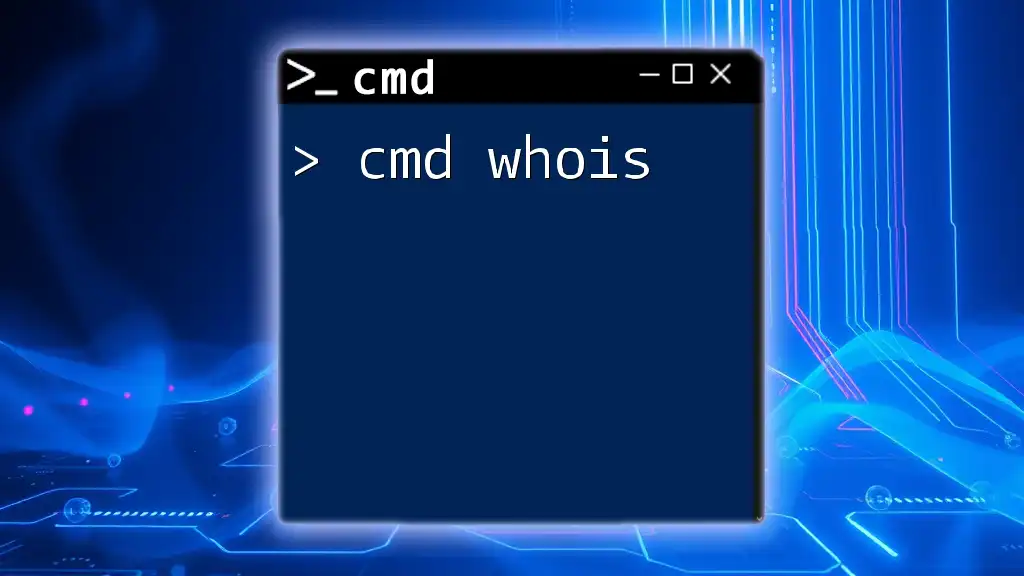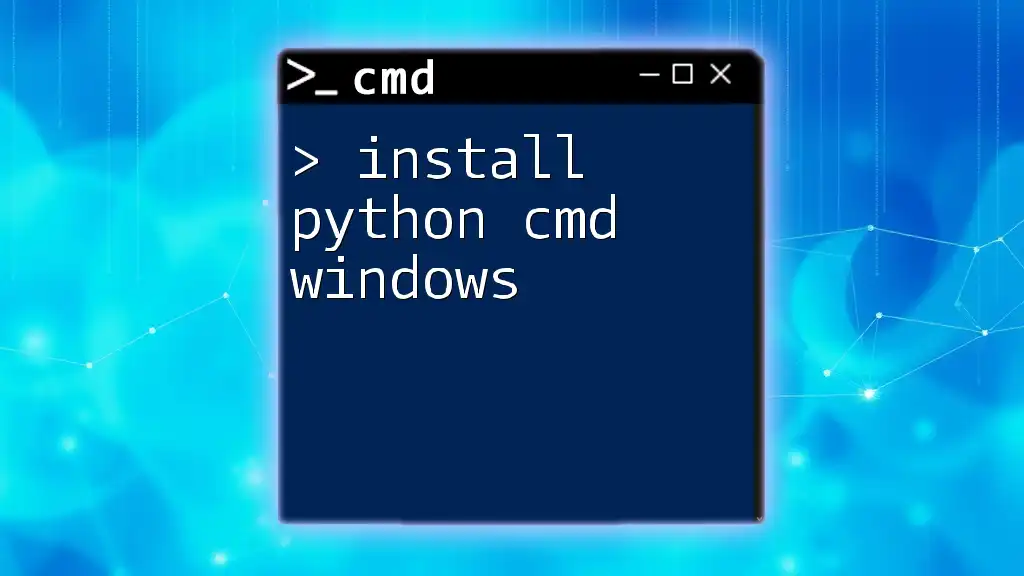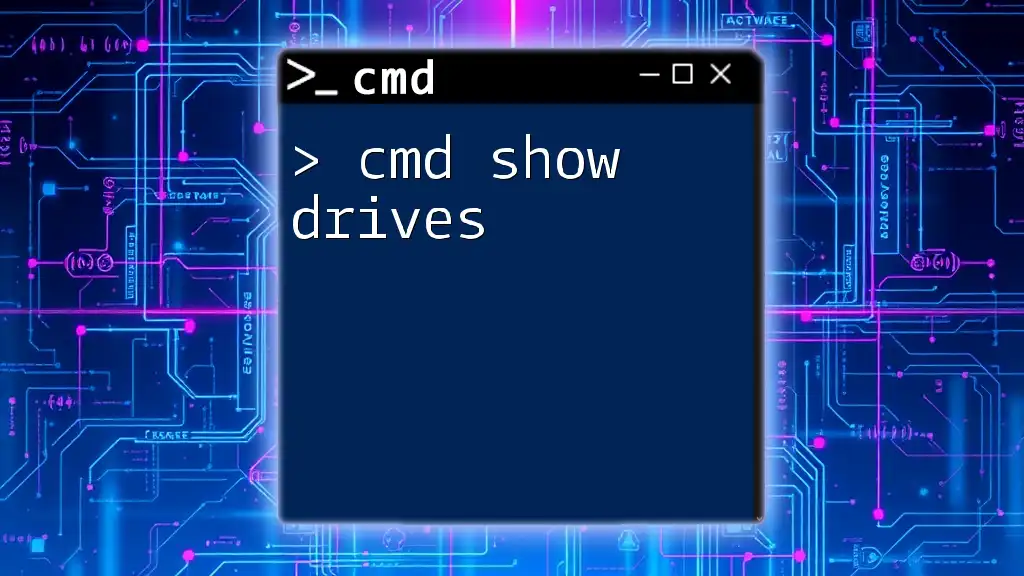In a CMD environment, you can run Python scripts or commands by invoking the Python interpreter directly through the command line.
Here’s a simple example of running a Python script named `example.py`:
python example.py
Understanding CMD and Python
What is CMD?
CMD, or Command Prompt, is a command-line interpreter available on Windows operating systems. It allows users to execute commands to perform various tasks without the need for a graphical user interface.
The importance of CMD stems from its ability to facilitate file navigation, system configuration, and execution of scripts, providing a powerful alternative to standard point-and-click interfaces.
What is Python?
Python is an accessible and versatile programming language known for its readability and elegance. It supports multiple programming paradigms, including procedural, object-oriented, and functional programming.
Python's extensive libraries and frameworks make it a go-to choice for a wide range of applications, from web development to data analysis and artificial intelligence.
Importance of Integrating CMD with Python
Integrating CMD with Python enhances your scripting capabilities and automates workflows efficiently. Using CMD, you can quickly run Python scripts without needing an Integrated Development Environment (IDE). This approach allows for rapid prototyping and deployment, streamlining repetitive tasks.
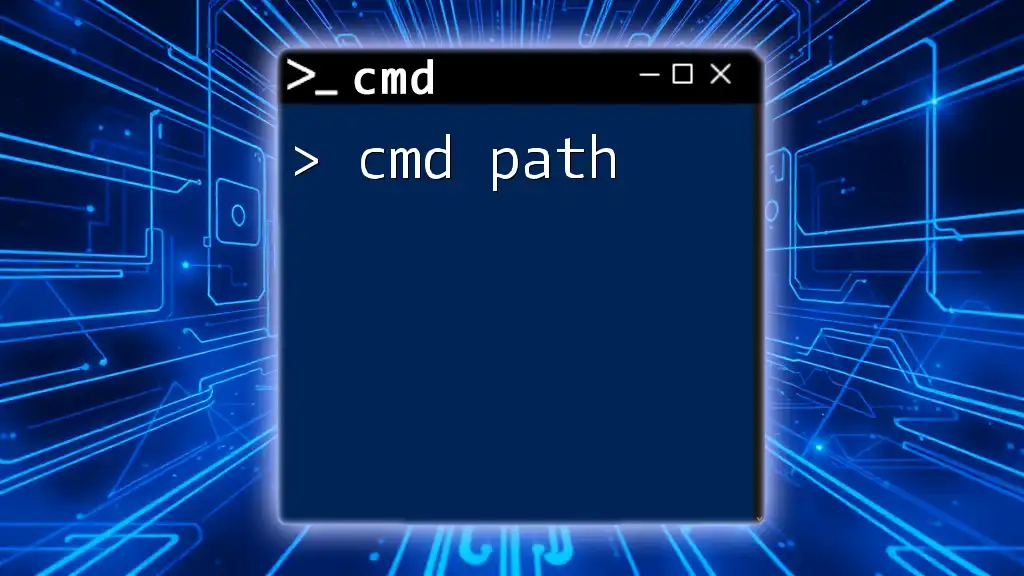
Setting Up Your Environment
Installing Python
To begin working with cmd python, you first need to ensure that Python is installed on your system. Here’s how to do it:
- Visit the [official Python website](https://www.python.org/downloads/).
- Download the latest version for Windows.
- Run the installer and ensure the option "Add Python to PATH" is selected before clicking "Install Now."
After installation, verify it by launching CMD and typing:
python --version
If installed correctly, you will see the installed Python version.
Accessing CMD
To access CMD, follow these steps:
- Press `Windows + R` to open the Run dialog.
- Type `cmd` and hit Enter. This opens the Command Prompt window.
Once CMD is open, familiarize yourself with a few basic commands, such as `cd` (to change directories) and `dir` (to view files in the current directory).
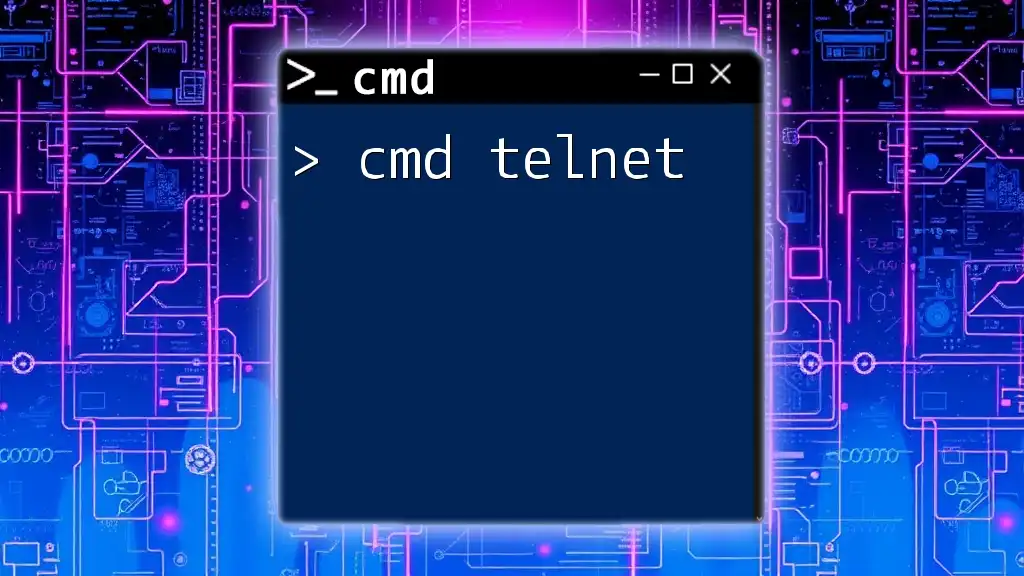
Running Python Scripts via CMD
Writing Your First Python Script
Let’s write a simple Python script. Open a text editor (like Notepad) and enter the following code:
# hello.py
print("Hello, World!")
Save this file as `hello.py` in a directory you can easily navigate to via CMD.
Executing the Python Script from CMD
To run your script, open CMD and navigate to the directory where `hello.py` is saved. Use the `cd` command:
cd C:\path\to\your\folder
Replace `C:\path\to\your\folder` with the actual path. Now run your script with:
python hello.py
Upon execution, you should see the output:
Hello, World!
This demonstrates how CMD can effectively execute Python scripts.
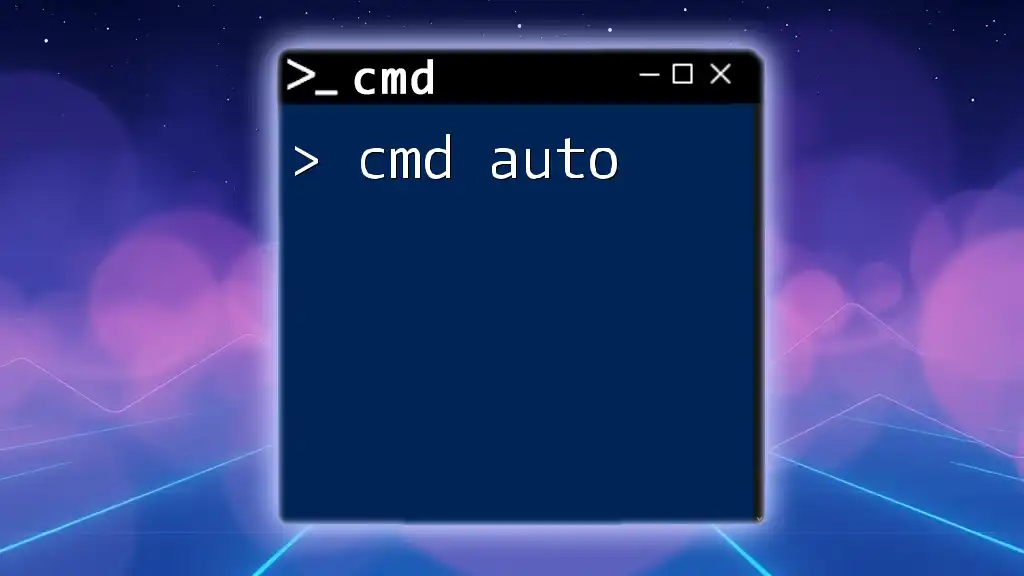
CMD Commands Useful for Python Developers
Navigating Directories
Understanding directory navigation in CMD is essential for efficient scripting. Here are a few commands you can use:
- `cd`: Change directory. For instance, `cd ..` moves one directory up.
- `dir`: Lists files and folders in the current directory.
These commands will help you access your Python scripts without hassle.
Managing Files
CMD also allows you to manage files directly. You can create and delete files using the following commands:
echo > my_script.py // Creates an empty Python file
del my_script.py // Deletes the Python file
This level of control ensures that you can maintain your workspace efficiently.
Using CMD for Version Control
Checking Python Version
To ensure you are using the correct version of Python, you can run:
python --version
This command delivers important information about the Python environment, especially when working on projects requiring specific versions.
Managing Virtual Environments
When working on Python projects, it is a good practice to use virtual environments. This isolates dependencies and prevents conflicts. To manage virtual environments via CMD, use the following commands:
python -m venv myenv // Create a virtual environment
myenv\Scripts\activate // Activate the virtual environment
This setup is instrumental in managing project-specific packages effectively.
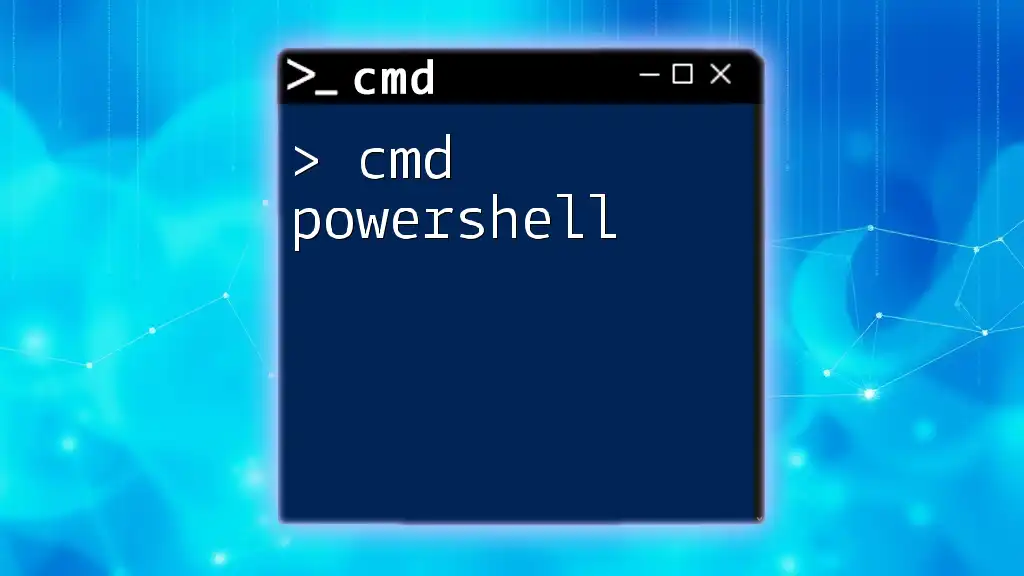
Automating CMD with Python
Using the `subprocess` Module
The `subprocess` module in Python allows you to spawn new processes, connect to their input/output/error pipes, and obtain their return codes. This is particularly handy for running CMD commands from within your Python scripts.
For example, to run a simple echo command:
import subprocess
subprocess.run(['echo', 'Hello from Python!'])
This command will output "Hello from Python!" in the CMD window.
Practical Application: Automating a CMD Task
Consider you want to automate a file backup using CMD through Python. Here’s a practical example:
import subprocess
subprocess.run(['xcopy', 'C:\\source_folder', 'D:\\backup_folder', '/E'])
In this example, the `xcopy` command is utilized to copy all files from `source_folder` to `backup_folder`, including subdirectories. Such automation significantly optimizes backup processes and saves time.
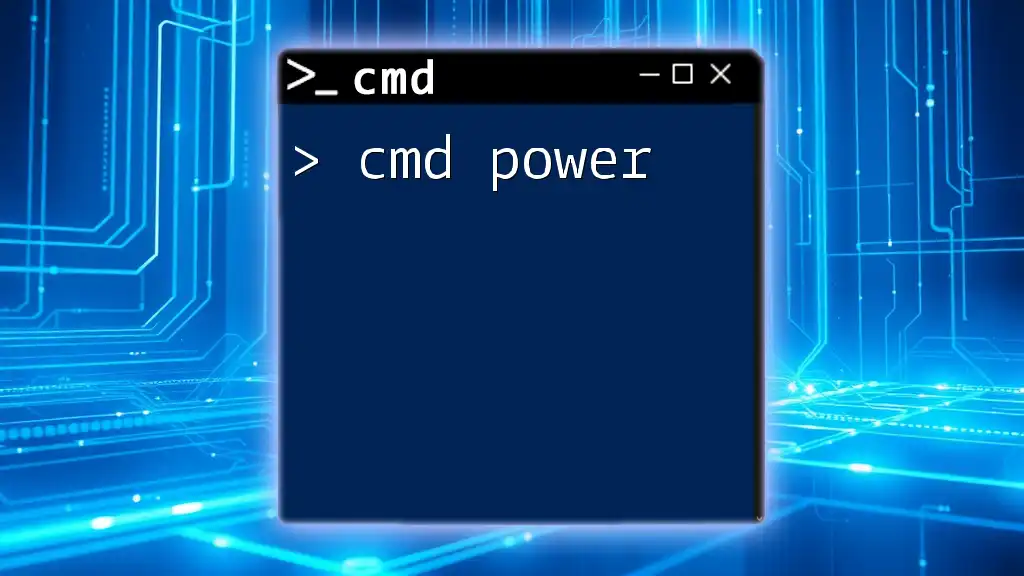
Troubleshooting Common CMD and Python Issues
Common Errors and Solutions
As you explore using CMD with Python, you may encounter errors. Here are some common ones and possible solutions:
- "Python is not recognized as an internal or external command": This typically occurs if Python wasn’t added to your PATH variable during installation. Reinstall Python and ensure the option is checked.
- "File not found": Ensure you are in the correct directory when executing your script. Use `cd` to navigate as necessary.
Tips for Effective CMD Usage
To maximize productivity while using CMD with Python:
- Maintain an organized directory structure to easily find scripts.
- Use clear and descriptive names for your Python files.
- Document your CMD workflows to prevent confusion in the future.
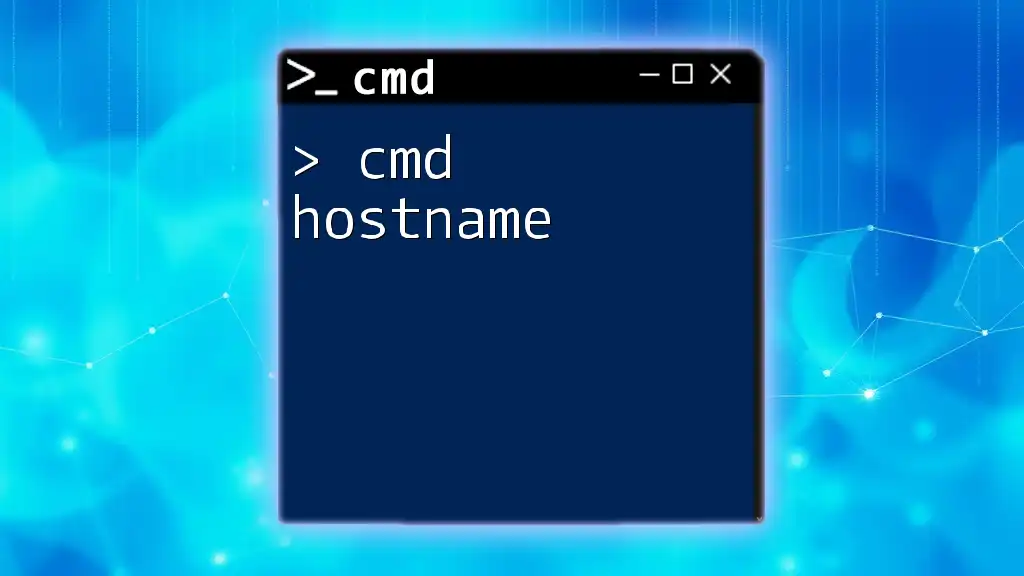
Conclusion
Integrating CMD with Python can elevate your programming, allowing for efficient automation and streamlined workflows. By mastering these tools, you're equipped to enhance your script execution and overall development process.
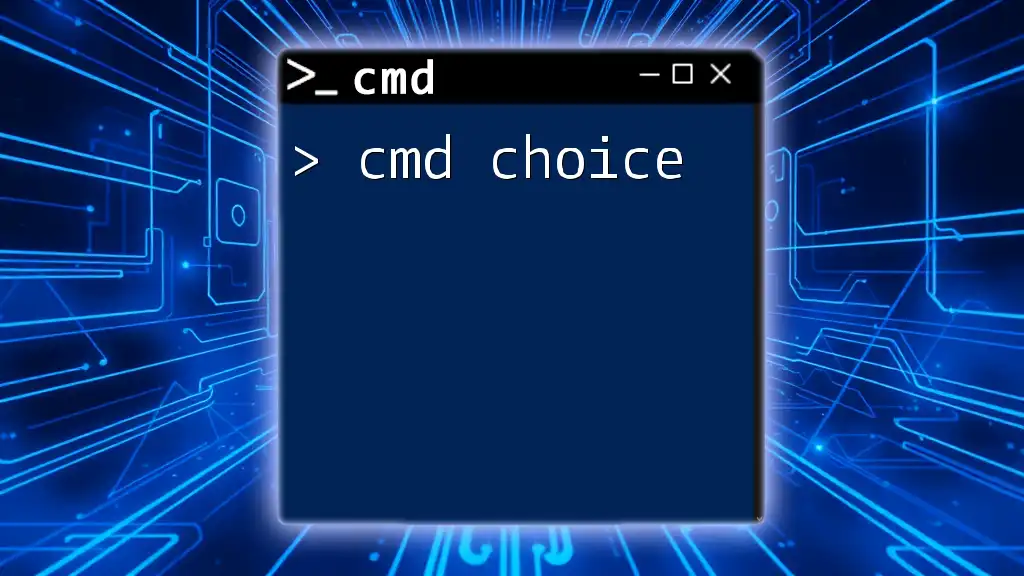
Additional Resources
For further reading, consider the following resources:
- [Python Documentation](https://docs.python.org/3/)
- [CMD Command List](https://ss64.com/nt/)
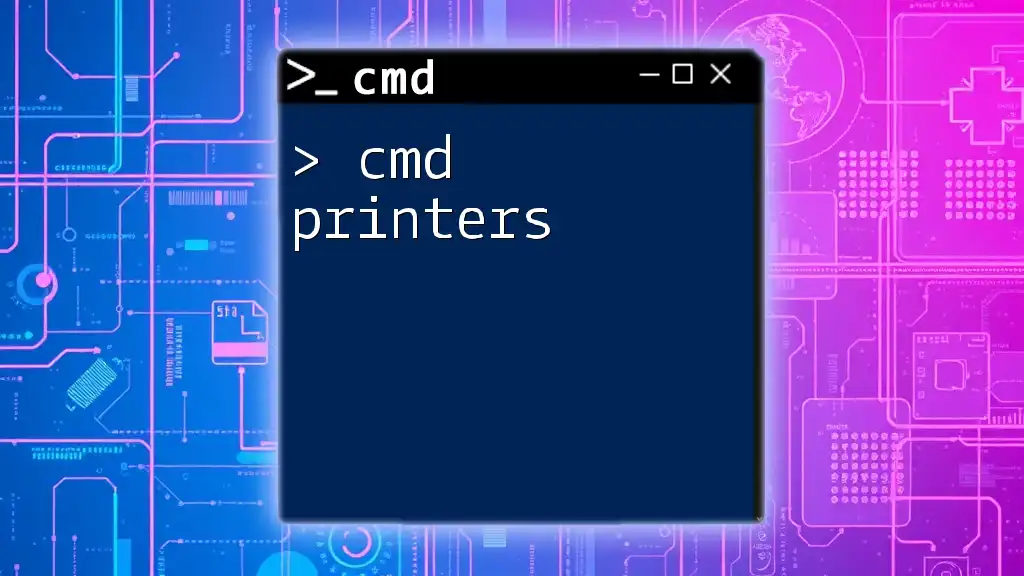
Frequently Asked Questions
Can I use CMD on operating systems other than Windows?
While CMD is exclusive to Windows, UNIX-like systems utilize terminals (like Bash or Zsh) which allow running similar commands. Python scripts can also be executed in these environments using their respective terminals.
What are some advanced CMD commands for Python users?
Advanced CMD commands can include `tasklist` for viewing active processes, `netstat` for network statistics, and `ping` for checking the reachability of hosts. These reinforce your toolkit for managing the system environment.
How can I handle errors when using CMD with Python?
Implement robust error handling in your Python scripts using `try` and `except` blocks. This will help capture exceptions and produce user-friendly error messages, assisting with troubleshooting during development.
This comprehensive guide offers a rich understanding of how to effectively utilize CMD with Python, empowering you to tackle projects and automate tasks with confidence.

